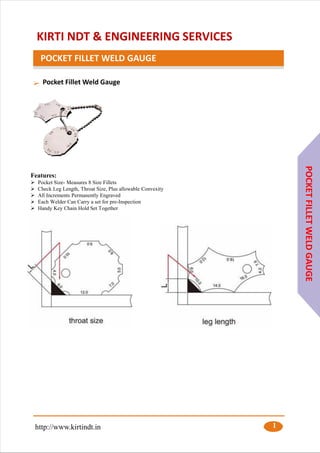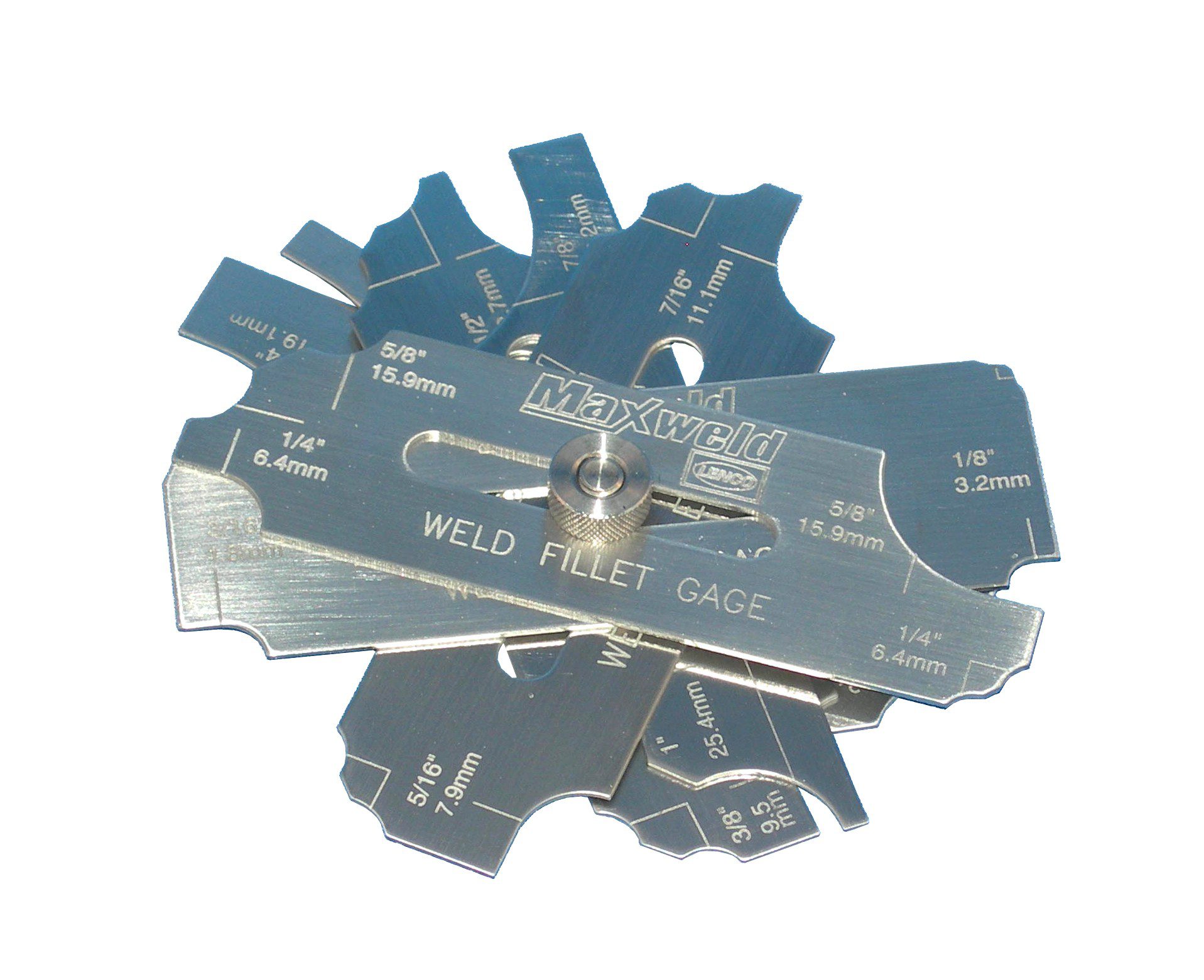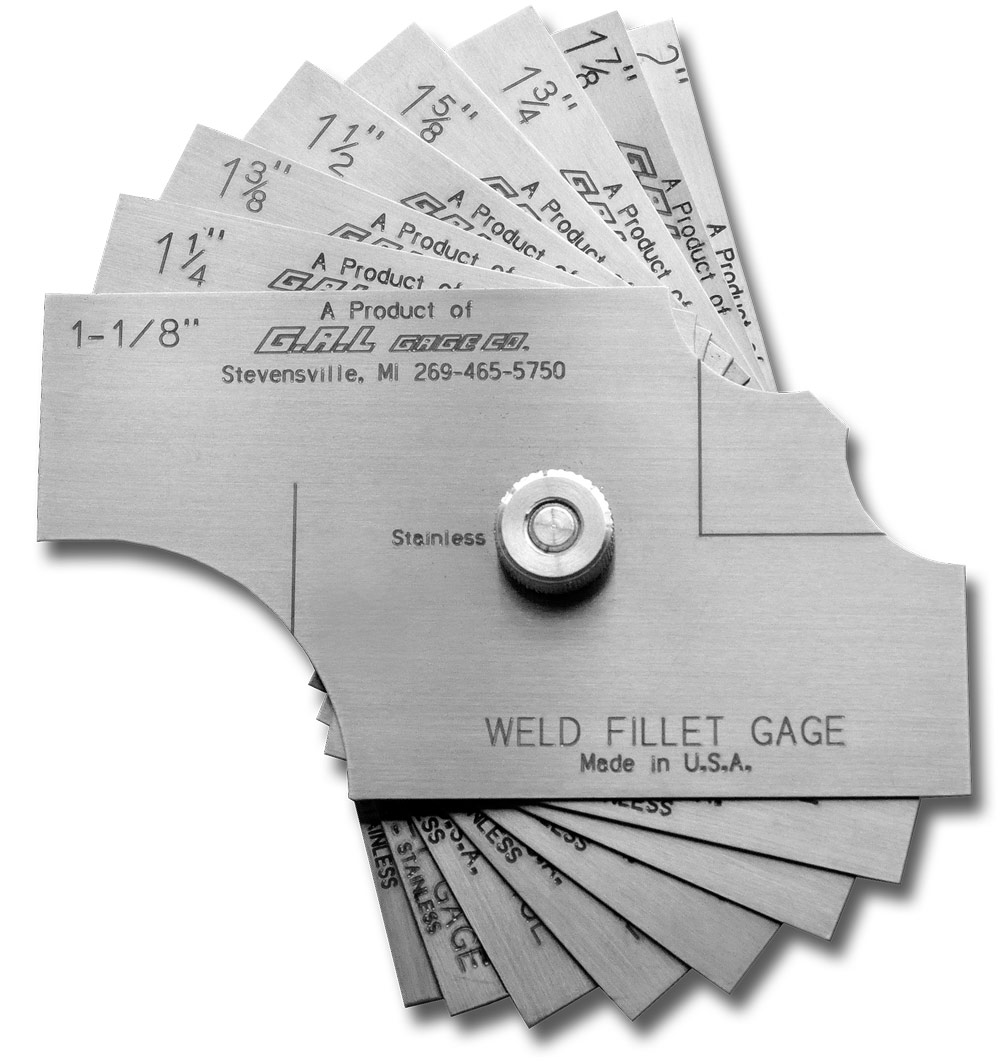Fillet Weld Style Techniques: Enhancing Joint Efficiency and Aesthetics for Structural Integrity
In the realm of architectural design and manufacture, the value of fillet weld design strategies can not be overstated. These techniques play an essential duty in not just making certain the efficiency and architectural honesty of joints yet additionally in boosting the total aesthetics of the finished product. By meticulously considering factors such as weld profile optimization, material option, joint prep work strategies, welding procedure effectiveness, and visual improvement designers, producers and methods can attain an unified balance between capability and look in their welded structures. The blend of these aspects not only causes durable joints but also boosts the visual appeal of the end product.
Weld Account Optimization


Attaining an ideal weld profile entails a careful factor to consider of aspects such as material thickness, joint setup, welding setting, and desired welding rate. Furthermore, the selection of proper welding specifications, such as voltage, current, and take a trip speed, is basic in managing the form and measurements of the fillet weld. Utilizing innovative welding methods, such as pulse welding or robotic welding, can additionally improve the weld profile to fulfill specific design requirements and quality standards.
Fundamentally, weld profile optimization is a basic element of fillet weld layout that directly influences the overall efficiency and dependability of bonded joints in architectural applications.
Product Choice Factors To Consider
When thinking about material option for fillet weld design, the compatibility of the base metals is a vital variable affecting the structural honesty of the joint. It is necessary to select products that not just weld with each other effectively however additionally have comparable mechanical residential or commercial properties to guarantee the load is uniformly dispersed between the weld and the base steels. Welding materials with significantly different properties can cause problems such as stress concentrations, premature joint failing, or fracturing.
In addition, the environment in which the welded framework will certainly operate must be considered when picking products. Factors like rust resistance, temperature changes, and direct exposure to chemicals can all affect the durability and performance of the weld joint. By picking products that are suitable for the desired application and environment, the general toughness and integrity of the welded joint can be considerably improved.
Therefore, complete factor to consider of material compatibility and environmental variables is critical in ensuring the weld joint's toughness, sturdiness, and overall architectural stability.

Joint Preparation Strategies
Thinking about the critical function product selection plays in making certain the architectural integrity of fillet weld joints, it is vital to apply precise joint preparation techniques that maximize the connection between the base steels. Joint preparation is a vital action that directly influences the high quality and toughness of the weld.
In addition, correct fit-up of the joint is important to guarantee uniform circulation of the welding material and stop flaws like insufficient penetration or excessive accumulation. Beveling the sides of the base steels can produce a groove that enables for deeper weld infiltration and a stronger bond. Furthermore, tack welding the parts in position before the last weld assists preserve positioning and decreases distortion during the welding procedure. By carefully following these joint preparation methods, welders can boost the general efficiency and appearances of fillet weld joints while making certain structural sturdiness.
Welding Refine Effectiveness
Effective welding processes are vital for achieving optimum performance and top quality in fillet weld construction. One key Recommended Reading element of boosting welding procedure efficiency is selecting the proper welding method. Variables such as material type, joint layout, and welding placement should be carefully considered to figure out the most suitable method. Procedures like gas metal arc welding (GMAW) and flux-cored arc welding (FCAW) are typically used for fillet welds due to their convenience and speed.
Normal calibration of welding equipments, assessment of consumables, and maintenance of welding torches can prevent downtime and revamp, eventually saving time and sources. Trained welders Source are much more proficient at readjusting specifications, troubleshooting issues, and keeping constant weld quality.
Visual Improvement Techniques
To optimize the high quality of fillet weld fabrication, applying visual improvement techniques can play a critical function in guaranteeing accuracy and accuracy throughout the welding process. Aesthetic enhancement approaches encompass numerous methods intended at enhancing the look and high quality of fillet welds. One usual method is using back purging systems to get rid of oxidation on the backside of the weld, causing a cleaner, much more cosmetically pleasing surface. In addition, employing correct lighting plans in the welding location can enhance exposure, permitting welders to keep track of the weld swimming pool and ensure constant grain formation. Visual help such as weld dimension gauges and amplifying lenses can assist in evaluating weld accounts and measurements accurately. The usage of contrasting marking materials or short-term adding can aid in straightening and positioning the workpieces precisely before welding. By integrating these aesthetic improvement approaches right into the welding procedure, welders can achieve not only structurally sound fillet welds but likewise visually attractive outcomes that satisfy market requirements.

Verdict
Finally, enhancing fillet weld layout entails cautious factor to consider of weld account, product option, joint preparation, welding procedure performance, and visual enhancement hop over to these guys techniques. By applying these techniques, structural honesty can be boosted while also accomplishing visual allure. It is essential to prioritize both performance and appearances in fillet weld design to guarantee the general high quality and longevity of the joint.
By meticulously considering elements such as weld account optimization, product choice, joint prep work strategies, welding procedure performance, and aesthetic improvement approaches, makers and designers can achieve an unified equilibrium in between performance and appearance in their welded structures.In the world of fillet weld layout, maximizing the weld account plays an important function in making sure structural integrity and efficiency. The weld account, which consists of the size and shape of the weld cross-section, directly impacts the circulation of anxiety and load-bearing capability within the joint. It is vital to choose materials that not just weld together properly yet likewise possess comparable mechanical residential properties to make sure the load is evenly dispersed between the weld and the base steels - Gauge Fillet Weld.In final thought, optimizing fillet weld layout involves cautious factor to consider of weld profile, product choice, joint prep work, welding procedure efficiency, and aesthetic enhancement approaches